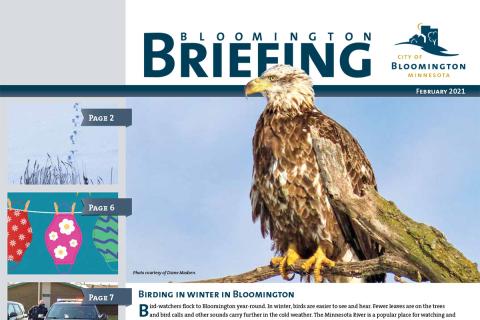Title
Celebrate indigenous peoples during National American Indian Heritage Month
Authored on
Bloomington Briefing
Published
Changed
Updated on
Widgets
News Type
Edit block


Bloomington Briefing
Published monthly, the award-winning Bloomington Briefing is mailed to all single-family households and businesses.
You can click on the Bloomington Briefing link to get a list of all items.
Contact Information
